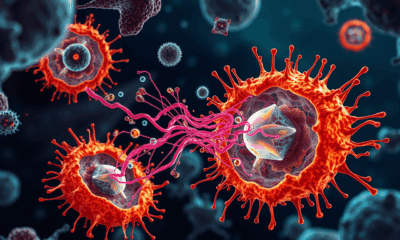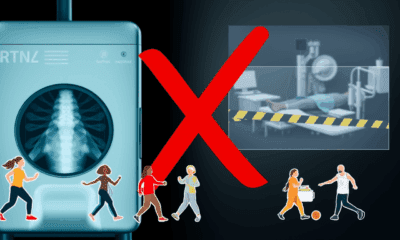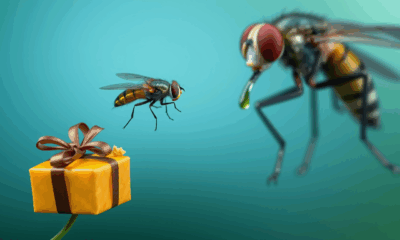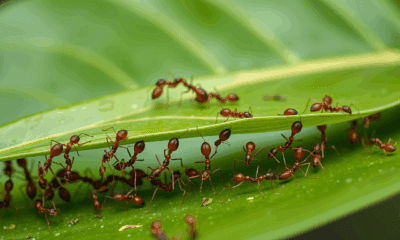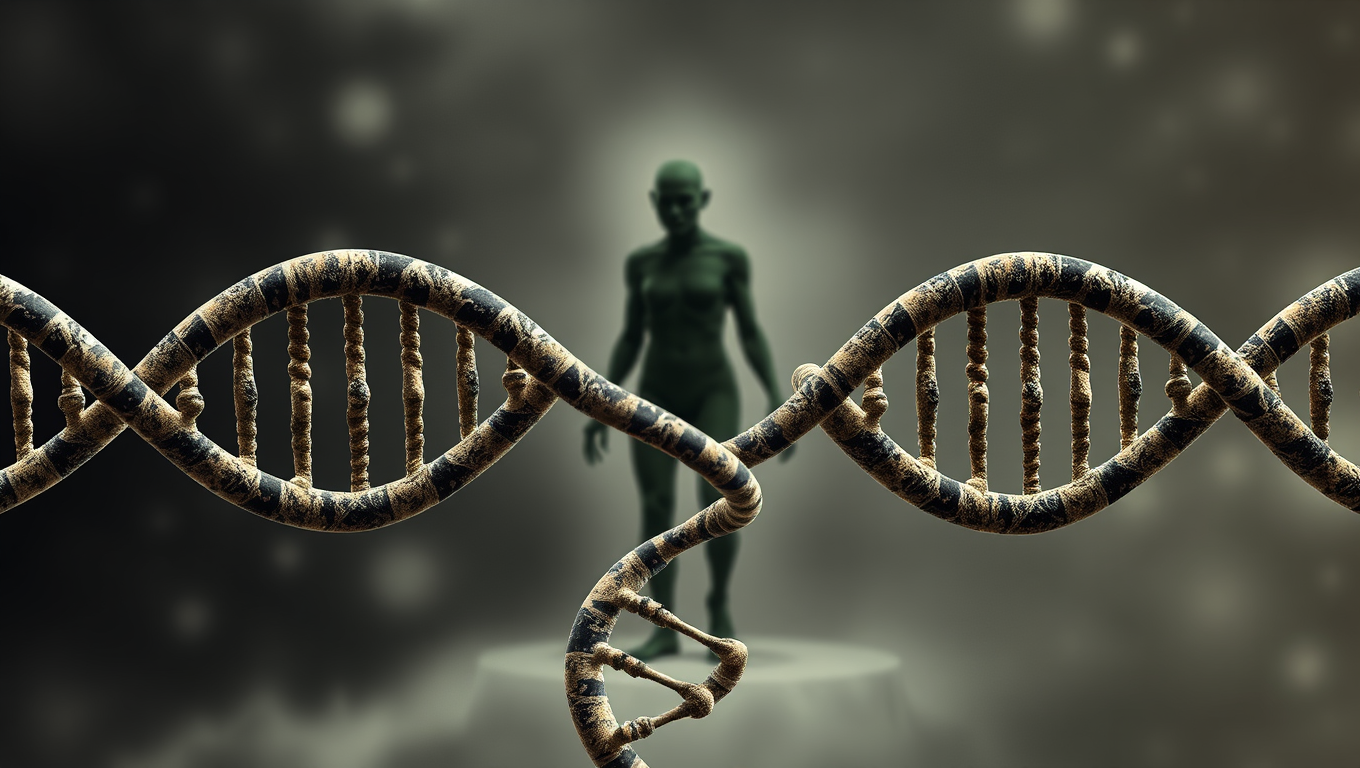While we try to keep things accurate, this content is part of an ongoing experiment and may not always be reliable.
Please double-check important details — we’re not responsible for how the information is used.
Educational Policy
700,000 Years Ahead of Their Teeth: The Carbs That Made Us Human
Long before evolution equipped them with the right teeth, early humans began eating tough grasses and starchy underground plants—foods rich in energy but hard to chew. A new study reveals that this bold dietary shift happened 700,000 years before the ideal dental traits evolved to handle it.

Early Humans
The Hidden Legacy of the Denisovans: Uncovering the Secrets of Human Evolution
Denisovans, a mysterious human relative, left behind far more than a handful of fossils—they left genetic fingerprints in modern humans across the globe. Multiple interbreeding events with distinct Denisovan populations helped shape traits like high-altitude survival in Tibetans, cold-weather adaptation in Inuits, and enhanced immunity. Their influence spanned from Siberia to South America, and scientists are now uncovering how these genetic gifts transformed human evolution, even with such limited physical remains.
Computer Graphics
The Quiet Threat to Trust: How Overreliance on AI Emails Can Harm Workplace Relationships
AI is now a routine part of workplace communication, with most professionals using tools like ChatGPT and Gemini. A study of over 1,000 professionals shows that while AI makes managers’ messages more polished, heavy reliance can damage trust. Employees tend to accept low-level AI help, such as grammar fixes, but become skeptical when supervisors use AI extensively, especially for personal or motivational messages. This “perception gap” can lead employees to question a manager’s sincerity, integrity, and leadership ability.
Alternative Medicine
Heavy Drinking Tied to Higher Risk of Unwanted Pregnancy, While Cannabis Use Not Found to Increase Risk
Women who drank heavily, even though they strongly wished to avoid pregnancy, were 50% more likely to become pregnant than those who drank little or not at all, according to new research. Surprisingly, cannabis use didn t show the same risk.
-

 Detectors7 months ago
Detectors7 months agoA New Horizon for Vision: How Gold Nanoparticles May Restore People’s Sight
-

 Earth & Climate9 months ago
Earth & Climate9 months agoRetiring Abroad Can Be Lonely Business
-

 Cancer8 months ago
Cancer8 months agoRevolutionizing Quantum Communication: Direct Connections Between Multiple Processors
-

 Albert Einstein9 months ago
Albert Einstein9 months agoHarnessing Water Waves: A Breakthrough in Controlling Floating Objects
-

 Earth & Climate8 months ago
Earth & Climate8 months agoHousehold Electricity Three Times More Expensive Than Upcoming ‘Eco-Friendly’ Aviation E-Fuels, Study Reveals
-

 Diseases and Conditions9 months ago
Diseases and Conditions9 months agoReducing Falls Among Elderly Women with Polypharmacy through Exercise Intervention
-

 Chemistry8 months ago
Chemistry8 months ago“Unveiling Hidden Patterns: A New Twist on Interference Phenomena”
-

 Agriculture and Food8 months ago
Agriculture and Food8 months ago“A Sustainable Solution: Researchers Create Hybrid Cheese with 25% Pea Protein”

